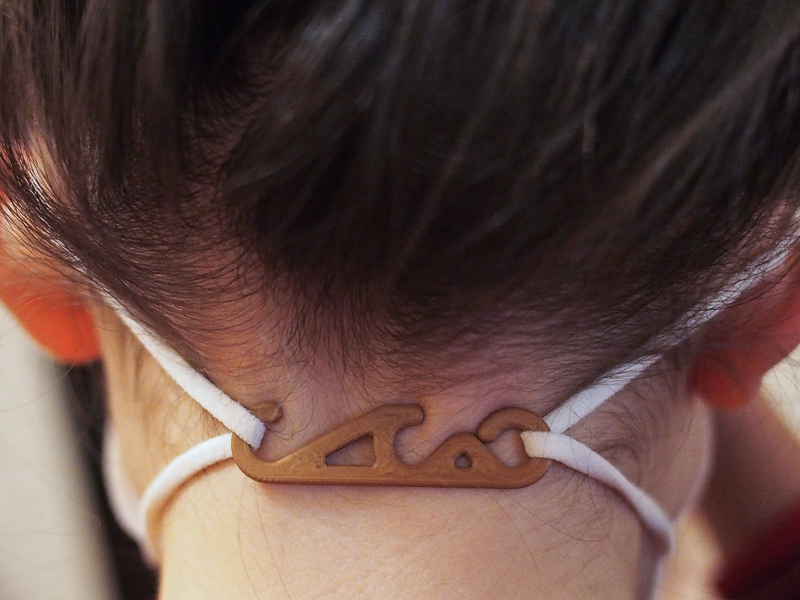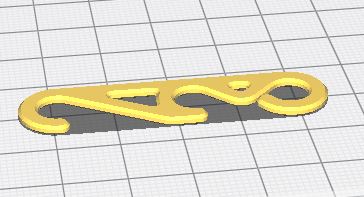Protected: Mt. Diablo 2021

A 3D printable mask adapter to keep adult or kids masks tight

The CDC is now recommending that people wear masks with a tight fit, or double mask to reduce the spread of COVID-19. A recent study showed that wearing tight-fitting masks can cut COVID transmission by 95%.
Kids’ (and adult) COVID masks can be too loose. The mask can fall off completely if the ear loops are loose and slip off of the ears, or the mask may just be too loose and not seal well.
Even if it’s not too loose, sometimes it helps to have a way to retain the mask when eatnig so it stays around the neck and doesn’t get lost.

This is a free 3D printable adapter that can help tighten ear loops. It hooks behind the neck, connecting the two straps together. It also helps adapt masks so that they are more secure on childrens’ faces. It has 2 hooks for adjustable tightness. We have used this with disposable KN95 and N95 masks, reusable kid cloth face masks (specifically Old Navy brand) and homemade masks that turned out to be a little too loose.
You can print it in PLA with 100% infill. I used Cura to slice it.

Here is the link to the file: kid_mask_adapter_03
I hope it helps!
Bread and Sourdough Troubleshooting Part 2

Protected: July 2019

Protected: Livermore

Protected: Gavin and Groomsmen

Protected: Megan and Gavin

Protected: Brook and Mick

